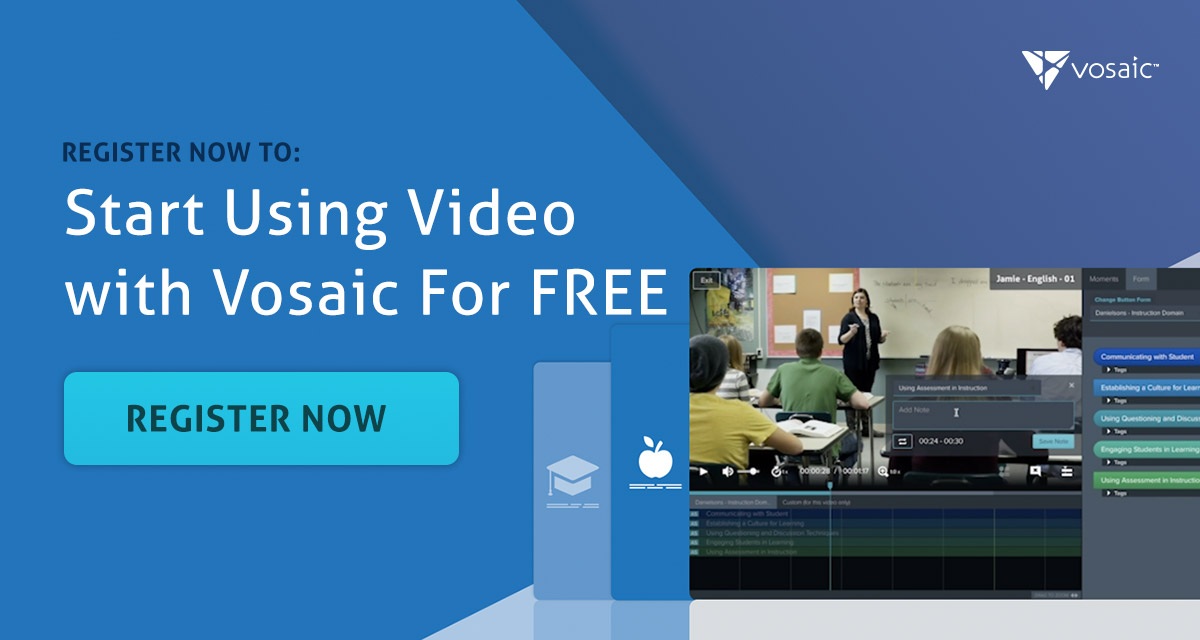Each day, more K-12 schools are transitioning to implement 1:1 technology, a method of learning in which every student is given access to their own mobile device. In addition, college students are finding their education being relayed increasingly online. Even after institutions opened their doors once again in the wake of the pandemic, many individual classes have been moved permanently online. Research shows that these increases in technology use, specifically 1:1 technology, could improve academic achievement and motivation. However, some personal anecdotes attest to different, and even negative, experiences with increased tech adoption in education.
Can both the positive and negative aspects of online learning be simultaneously true? How do we keep the good and discard the bad?
When Trevor LeGrande was in 8th grade in 2014, his school was the first in the district to implement 1:1 learning. 2022 marks his 8th year using a 1:1 learning initiative and his 3rd year completing a primarily remote learning experience as he works towards his undergraduate degree in business management, leadership, and communication at the University of Nebraska Lincoln. This means he’s spent more of his educational career with a laptop than without.
Trevor’s experiences tell a story about a decline of education quality over his years of online learning.
“At this point,” Trevor said, “we’ve all been in virtual meetings where it feels like absolutely no one wants to be there, not even the presenter. I’ve attended online lectures where I would rather watch paint dry or grass grow. It would be easy to point fingers and try to decipher who’s causally responsible for the lack of gusto during online learning, but that doesn’t do anything to solve the problem: the growing burnout amongst virtual-based students and teachers”.
Teachers were forced into a difficult situation in which they had to deal with a bombardment of new challenges that they were not adequately equipped for. Students, teachers, and administrators are all trying their best. While there are many resources to help, Trevor shared his tips that he believes would have helped him as a student.
Stay on Top of Important Discoveries
We read case studies and academic journals so you don’t have to. Sign up and we’ll send you the key takeaways.
Help students connect with each other
An online lecture can be an uncomfortable environment for students to speak up in. Many students don’t feel comfortable raising their hand in class, let alone taking themselves off “mute” in a virtual classroom. One way to help students become more comfortable with their impersonal classroom environment is to start the day with an activity that breaks the ice.
To get started, create break rooms where students can chat and get to know each other. 5 minutes at the start of each day could drastically change the energy of the virtual classroom and set the tone for the rest of the period. When students are more comfortable in their classroom, they are more likely to engage with the presenter and the material.
If your class is asynchronous, try creating discussion boards where students are asked questions unrelated to the class’s content and encouraged to discuss with their peers.
Encourage students to use emotes/reactions
Live meetings can be a drag when students are asked to just stare at their screens and take notes. According to the media richness theory, used “to describe and evaluate communication mediums …in terms of effectiveness,” there is less media richness during a virtual conference as compared with face-to-face interactions. Relegating students to a spectator-only role while online only further hinders their learning experience. Luckily, lots of live streaming services have features and functions that help students interact with the presenter.
Encouraging students to use emojis, ask questions in the chat, and use the “raise hand” function can all positively affect student engagement and help ensure students are engaged with their online environment. For example, after explaining a new topic, ask the class, “On a scale of 1-10, how well do you understand this?”. It’s an easy way to get quick feedback and ensure the class is grasping what is being taught.
Switch It Up
Variety is the spice of life, and students don’t want to do the same thing in class every day. To increase student engagement and comprehension, consider using a variety of online resources. It helps break up the monotony of the long semester and keeps the class feeling fresh. One online resource that you can implement to improve your classroom engagement is Vosaic.
Vosaic is an online video submission platform that helps you give meaningful feedback and build relationships virtually. Cite specific moments in videos where you or your students can write comments, or even upload video comments to make the experience more personal.
If you don't have a Vosaic account for video-based feedback and student self-reflection, you can start with a free trial today.
For example, ask a question in a recorded video lecture, mark where that instance is in the “timeline”, and encourage students to respond to that question with their own text-based or video response. This will ensure your students are actively engaging with the material and have watched the lecture thoroughly.
If you would like to learn more about Effective Classroom Management Strategies or how to Deliver Feedback That Will Actually Develop Teacher Skills check these articles and many more on our blog.
About Vosaic
Vosaic’s cloud-based video platform is used to help teachers, pre-service teachers, and professionals bridge the gap between theory and practice. Easy-to-use video recording, commenting, and sharing enables users to more effectively observe, coach, and mentor. Teachers and coaches can upload, record, and share videos for evaluations, feedback, self-reflection, and so much more.




